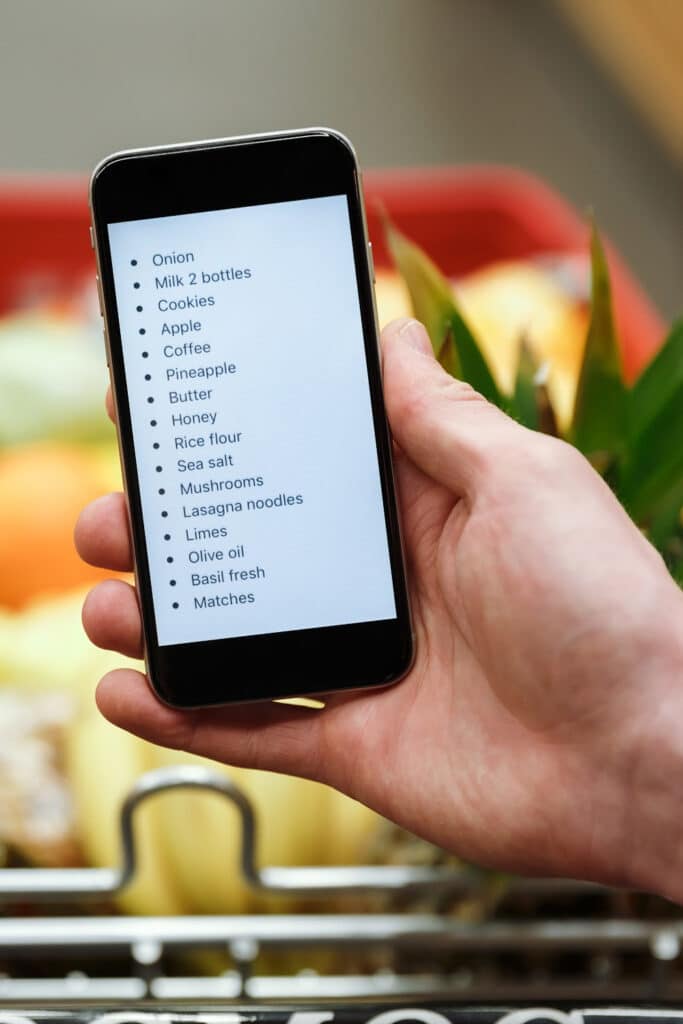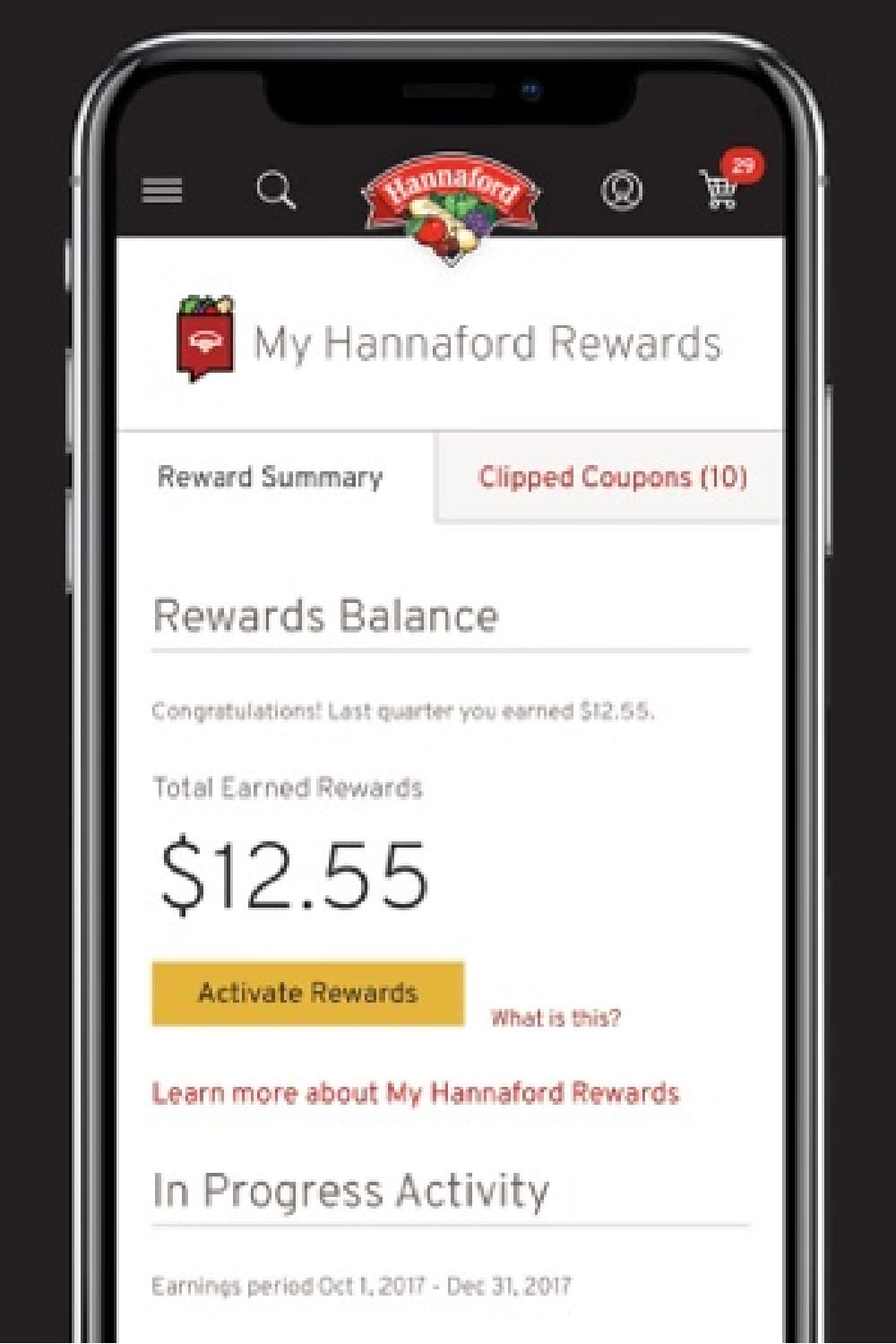6 Surprising Tips to Stay Within Your Grocery Budget
Looking to save money on groceries? Check out our latest blog post, “6 Surprising Tips to Stay Within Your Grocery Budget,” where we reveal clever strategies and insider secrets that will help you shop smarter, minimize waste, and make the most of your budget—without sacrificing quality!
Surprising Tips to Stay Within Your Grocery Budget
Grocery prices are steadily creeping up higher and higher, and this can make it difficult to stay within your weekly grocery budget.
I’ve learned over the years that guessing at the right number for a grocery budget just doesn’t work. And coming up with a number for a frugal grocery budget cannot be random. It must be strategic!
Staying within budget now, with the cost of everything else rising as well, is of the utmost importance to many families right now. So what can you do today to stay within your grocery budget?
What is a reasonable grocery budget per month?
The average American spends around $7,729 on food each year. YIKES! That is a lot, or at least sounds like it!
I get asked this question a lot. And many of us like to look at numbers and understand averages. Not to worry, I have broken it down and researched for you. You can read “How Much Should You Be Spending on Groceries?”
There are many factors for every family and their needs. But just so you know, groceries, housing, and other essentials should take up no more than 50% of your monthly income.
Buy In-Season Produce
We all like to make sure that we are feeding our families plenty of fresh fruits and vegetables, but they can take a chunk out of the weekly grocery budget. One way to stay within your grocery budget is to only purchase fresh fruits and vegetables that are currently in season.
Another way to save on your produce is to shop at local farmers’ markets if you have them in your area. Those fruits and vegetables are locally grown, so there aren’t a lot of costs associated with getting them to the consumer.
Plus, when you purchase from them, you are supporting a local small business instead of a big box store.
Shop Around for Non-Perishable Items
When it comes to non-perishable items like canned goods, dry goods (flour, rice, sugar), and spices, shop around for the best deals.
Sometimes the best price can be found by buying in bulk or purchasing from an alternative retailer like Amazon. You can save by using alternative stores instead of the grocery store or by checking the price at multiple grocery stores in your area.
Plan Meals Ahead of Time
You know that we are big on meal planning around here because not only can it save you time and help your family to eat healthier, but it can save you money, too.
Before you do your weekly grocery shopping, check the sales flyers to see what’s on sale this week. Try to plan the majority of your meals around what you already have at home and what you can get for a good deal.
If you can, choose a single protein that you can use in multiple meals for the week. This can be a time and budget saver. A big part of grocery shopping on a budget is planning your meals. It is the key to saving money, as well as saving time.
Start small and plan your meals for the entire day.
Shop with a List
Now that you have your meals planned for the week, it’s time to make your grocery list.
It is so easy to get off track without a list. We often spend more than we need to when we’re shopping for our groceries. Buying more than what we can eat and purchasing items we find new and exciting.
When you head to the store, make sure that you take your list and stick to it. One of the easiest ways to destroy your grocery budget is to fill your cart with impulse purchases.
If you make your list ahead of time, you can also have a price in mind of what your total will be so that there is no sticker shock (hopefully) when you arrive at the checkout.
Keep a Running List
It can be easy to forget about what you have on hand in your pantry, fridge, and freezer.
One simple way to combat this is to keep a running list of what is in them. When you use all of something (say, you took a pound of ground beef out of the freezer for dinner), then mark it off the list. This can prevent food waste by having food expire because it was forgotten, and keep you from purchasing items that you don’t need.
For example, you purchase a dozen eggs only to find that you had two dozen in the fridge at home that you forgot about.
You can use these lists for your pantry, freezer, and fridge to help you meal plan and make your grocery list.
Don’t Limit Yourself to One Grocery Store
Sales don’t happen at one store. All the stores have good sales. They also compete for your business. Take advantage of this and shop for the best prices. Follow the cheapest prices!
Shopping at different stores is one of the simplest ways to save money on groceries. Look through your weekly ads and decide on which store will get your business based on the food items you need to buy this week.
Other Good Grocery Savings Reads
The Best Time to Buy Anytime – A Month to Month Grocery Sale Cycle Guide
Outsmart The Experts: How to Avoid Marketing Tactics When Grocery Shopping
Food Purchases That Are Hurting Your Budget
This post may contain affiliate links or sponsored content. Disclosure Policy












Love these practical tips! Biggest takeaway, buy and stock up when prices are at their best!!